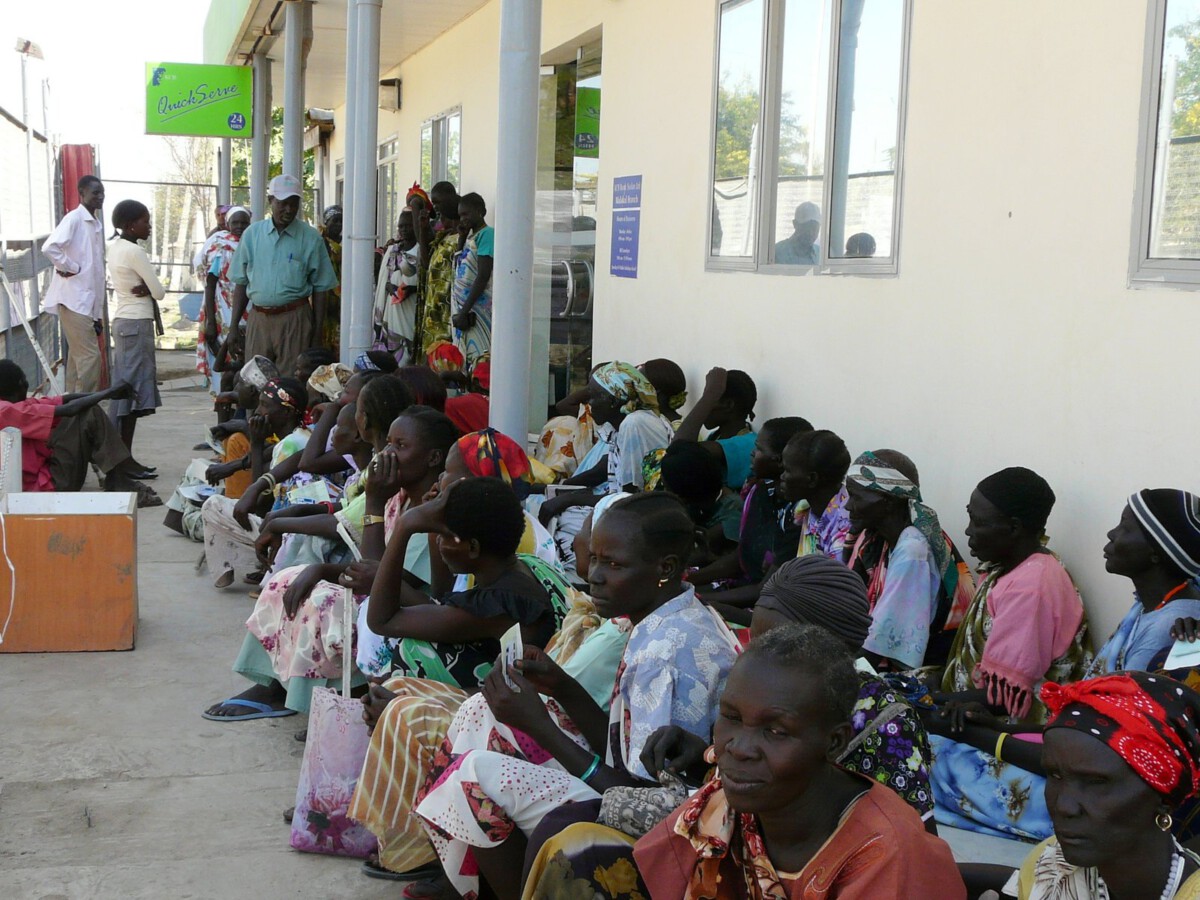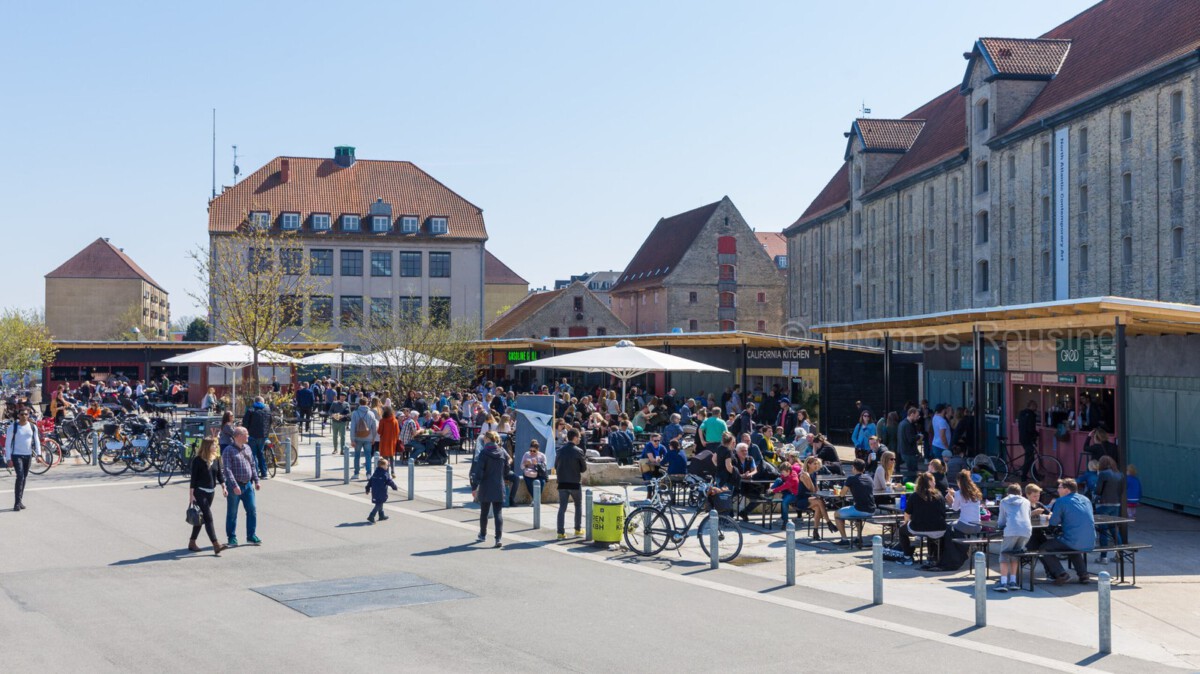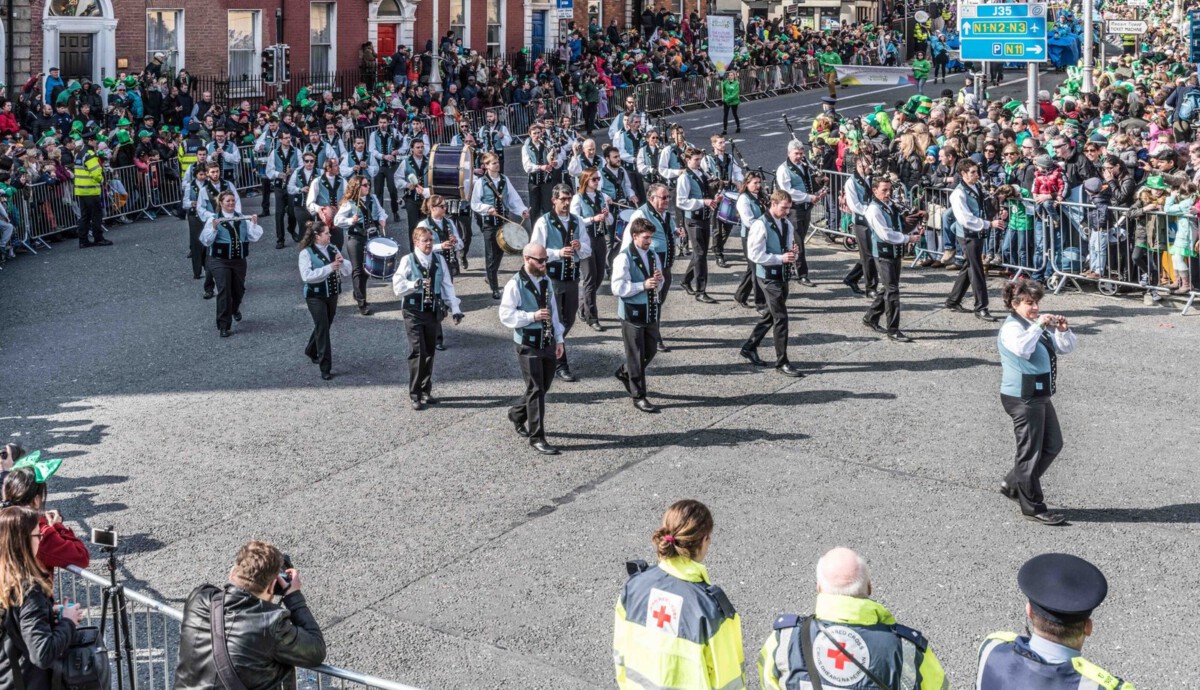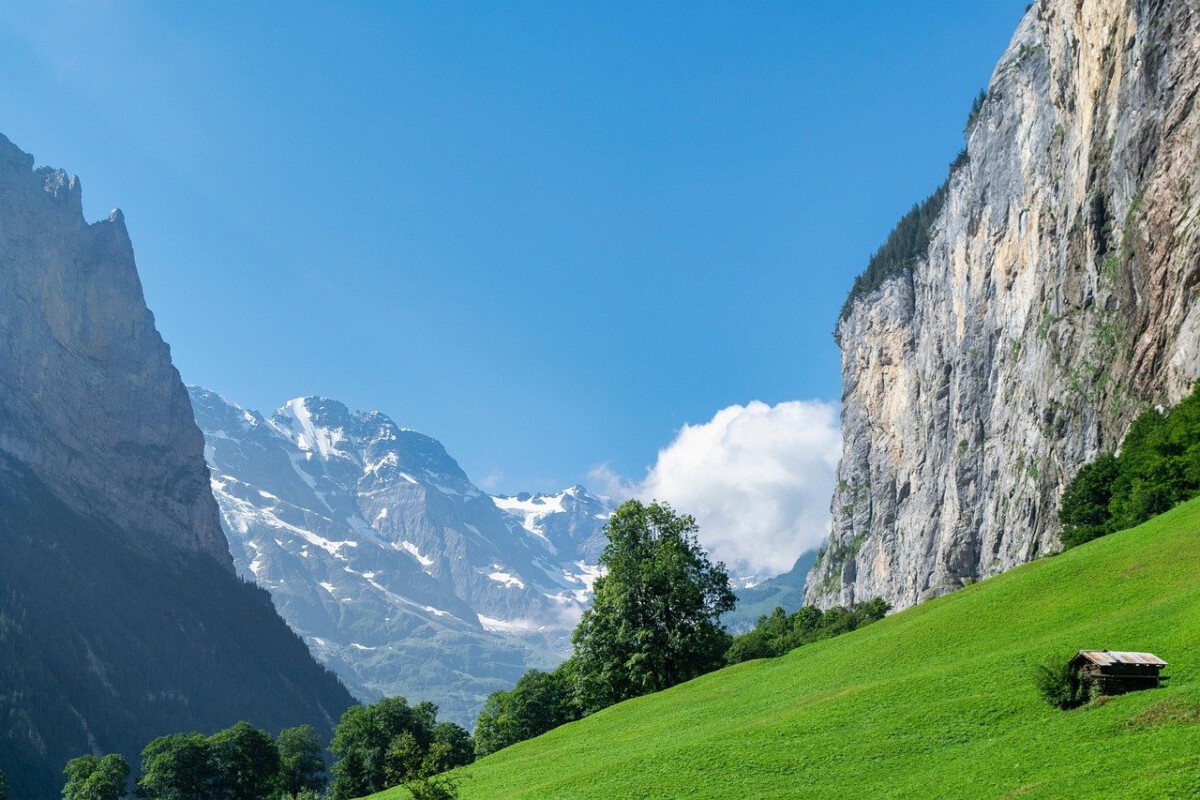1. Miami, Florida: The Rejuvenated Beach Capital

Miami has seen a record-breaking surge in tourism in early 2025, with hotel occupancy rates hitting 87% in March, their highest since 2019. The city’s Wynwood Arts District now boasts over 70 new murals and 12 revamped galleries, drawing art lovers from around the world. Miami Beach’s $4.5 million shoreline restoration project, completed in January, has extended public beachfronts and improved accessibility, making the area even more attractive for families. According to the Greater Miami Convention & Visitors Bureau, there’s been a 22% increase in international visitors, especially from South America and Europe. The city’s culinary scene exploded this year, with five Miami restaurants earning their first Michelin stars in February, a first for Florida. Miami’s vibrant nightlife has also been revitalized, with the opening of three new rooftop clubs in Brickell. A recent University of Miami study found that 67% of travelers now rate Miami as their top U.S. city for a “balance of relaxation and excitement.”
2. Asheville, North Carolina: America’s Wellness Retreat

Asheville has rapidly emerged as the wellness capital of the U.S. in 2025, reporting a 35% jump in bookings for spa and wellness retreats compared to last year. The city is home to over 40 wellness resorts, many offering holistic programs ranging from forest bathing to Ayurvedic nutrition, with the Grove Park Inn reporting full occupancy for every weekend in Q1 2025. Asheville’s Blue Ridge Parkway saw a 19% increase in hikers, with new guided mindfulness hikes introduced in March. Downtown Asheville’s farm-to-table restaurants have doubled in number since 2022, and the area’s breweries won five gold medals at the 2024 Great American Beer Festival. Airbnb reports Asheville as its second-most-booked destination for “solo wellness travel” in early 2025. Local officials credit these trends to an influx of travelers seeking digital detoxes, with 44% of visitors in a recent survey citing “nature and mental health” as their primary travel motive.
3. Sedona, Arizona: The Red Rock Phenomenon

Sedona continues to enchant travelers, with a 28% spike in tourism for spring 2025, according to Arizona’s Office of Tourism. The city’s unique blend of outdoor adventure, spiritual retreats, and luxury accommodations has made it a magnet for millennials and Gen Z travelers, now accounting for 53% of all bookings. Sedona’s new Verde Valley wine trails have attracted over 120,000 visitors in just the first quarter of the year, a 40% rise over 2024. The city’s new stargazing observatory, which opened in February, has been fully booked nightly, reflecting the growing trend for “astro-tourism.” Red Rock State Park reported its busiest season ever, with rangers leading 50% more guided hikes than in 2023. The Sedona Chamber of Commerce states that over 70% of tourists now combine wellness, outdoor adventure, and culinary experiences during their stay.
4. New Orleans, Louisiana: The Festival Comeback Kid

New Orleans is experiencing an unprecedented festival boom in 2025, with over 1.9 million visitors attending Mardi Gras, breaking all previous records. The city’s French Quarter has seen a 15% rise in boutique hotel openings, reflecting the surge in demand for unique accommodations. Jazz Fest 2025 welcomed 700,000 attendees, the largest crowd since 2018, and the city’s restaurant scene is thriving, with 23 new Creole and Cajun eateries opening since January. According to a report from the New Orleans Tourism Marketing Corporation, international visitors are up 27% year-over-year, especially from Canada and the UK. The city’s streetcar system underwent a $30 million upgrade in late 2024, improving access to key districts. A recent Tulane University study found that 88% of tourists rated “live music and nightlife” as their main reason for visiting, cementing New Orleans’ reputation as America’s music capital.
5. Park City, Utah: The Year-Round Playground

Park City has transformed into a four-season destination, with ski season visits up 18% in 2024-2025, and summer bookings growing even faster, at 26% year-over-year. The city’s Main Street has welcomed seven new farm-to-table restaurants and three art galleries since December, reflecting a shift toward experiential travel. The Park City Mountain Resort, now the largest ski resort in the U.S., expanded its lift system in late 2024, reducing wait times by 30%. In April 2025, the Sundance Film Festival returned to in-person events, drawing 115,000 attendees—an all-time high. Park City’s new electric shuttle system, launched in February, has already reduced downtown traffic congestion by 15%. According to the Utah Office of Tourism, 40% of visitors now extend their stays to experience hiking, biking, and concerts in the off-season, compared to just 22% in 2022.
6. New York City, New York: The Urban Revival

New York City’s tourism industry rebounded dramatically in 2025, with 70 million visitors projected for the year—a 12% increase over 2024, according to NYC & Company. Broadway ticket sales surged by 31% in Q1 2025, fueled by blockbuster new shows and reimagined classics. The city’s new High Line extension, opened in February, now connects visitors to Hudson Yards and has seen foot traffic increase by 40%. Museum attendance is at a five-year high, with the American Museum of Natural History’s new Gilder Center attracting over 500,000 guests in its first three months. NYC’s restaurant scene continues to innovate, with 18 new Michelin-starred eateries opened since January. The city’s newly launched “NYC Local” campaign, focusing on neighborhood experiences, has shifted 22% of tourists’ itineraries away from midtown and into the outer boroughs. A recent NYU study found that 61% of travelers cite “cultural diversity and energy” as the top reasons for visiting in 2025.
7. Charleston, South Carolina: The Southern Charm Surge

Charleston has become the fastest-growing destination in the Southeast, with the Charleston Area Convention & Visitors Bureau reporting a 29% rise in overnight stays for spring 2025. The city’s historic district renovation, completed in late 2024, restored 18 antebellum homes and expanded pedestrian zones by 40%, improving visitor experience. Charleston International Airport saw a 17% increase in direct flights from major U.S. cities, making access easier than ever. The city hosted its largest-ever Food + Wine Festival in March 2025, drawing 90,000 foodies and chefs from across the globe. Local oyster farms reported a record 75% jump in guided culinary tours. The city’s beaches, rated among the cleanest in the U.S. by the EPA, are attracting a younger crowd, with 36% of visitors now under 40, compared to just 22% five years ago. The new Charleston Waterfront Park expansion has also become a major draw for families.
8. San Diego, California: The Pacific Coast Paradise

San Diego is setting new tourism records in 2025, with 41 million visitors projected, up 13% from 2024, according to the San Diego Tourism Authority. The city’s revamped Gaslamp Quarter, with 20 new rooftop bars and restaurants, has become the epicenter of nightlife. Balboa Park now hosts weekly outdoor concerts and art installations, with attendance reaching 1.2 million since January. San Diego’s beaches have been named the best for water quality in California by the state’s Coastal Commission, driving a 21% rise in surf school enrollments. The city’s new Smart Trolley system, launched in March, has cut downtown travel times by 18% and boosted public transit ridership. San Diego Zoo’s new “Wildlife Explorers Basecamp” opened in February and has welcomed over 200,000 families already. The area’s craft beer scene remains a major attraction, with 12 breweries earning medals at the 2024 World Beer Cup.





